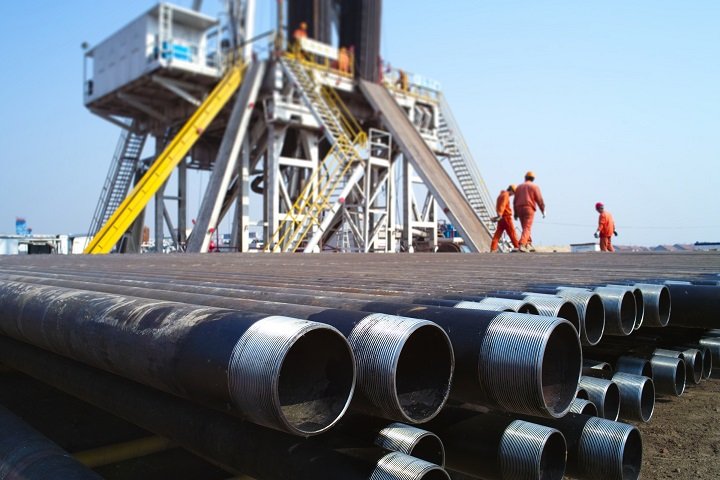
Oil casing and oil drill pipe differ primarily in two ways: Diverse applications; diverse materials; and diverse functions.
An oil well casing is a steel pipe used to sustain the well’s walls after drilling and completion, ensuring that the entire well continues to operate normally. Depending on the drilling depth and geological circumstances, each well has a varied number of casing layers. After the casing has been run down, cement is used to seal the well. It’s a one-time use item, as opposed to drill pipe and tubing. As a result, about 70% of all oil well pipelines are made of casing. Pipes, surface casings, technical casings, and oil casings are the various types of casings based on their intended use. You can also use used oilfield pipes for this process.
To summarize oil casing
As the well’s depth increases, so too does the mud density need; this means that the well’s casing, both top and bottom, could rupture. During drilling of the lower layer, the casing protects the higher layer from leaking.
Oil passageways are the final oil pipe and tail pipe
The goal is to keep the structure from collapsing. It is possible to complete the well in the open hole if the formation is hard.
A single layer of oil and gas can only be completed with an open hole if the rock formations are firm and tight and there are no water-bearing interlayers, no collapsible interlayers, or specific oil and gas layers with identical qualities and pressures.
A power transmission rod attached to a drilling instrument. Drill bits, drill collars, drill pipes, stabilizers, special joints, and Kelly are the most common parts of a drill string. While the drill string’s primary duties are to start the drill bit, provide weight to the bit, transmit power, and transport drilling fluid, it can also execute unique activities such as squeezing cement or deal with subsurface mishaps.
Oil drill pipes with outer diameters ranging from 2 3/8″ to 6 5/8″, double shoulder joint drill pipes with strong torsion resistance, and special suffer steel that contains oil wells drill pipe all fall under the API standard E75 to S135 steel grade range. Deep wells, horizontal wells, and long-reach wells are the most common uses for this technology in the oil and gas industry.
Come to International Pipes in OKC if you are looking for used oilfield pipes.
